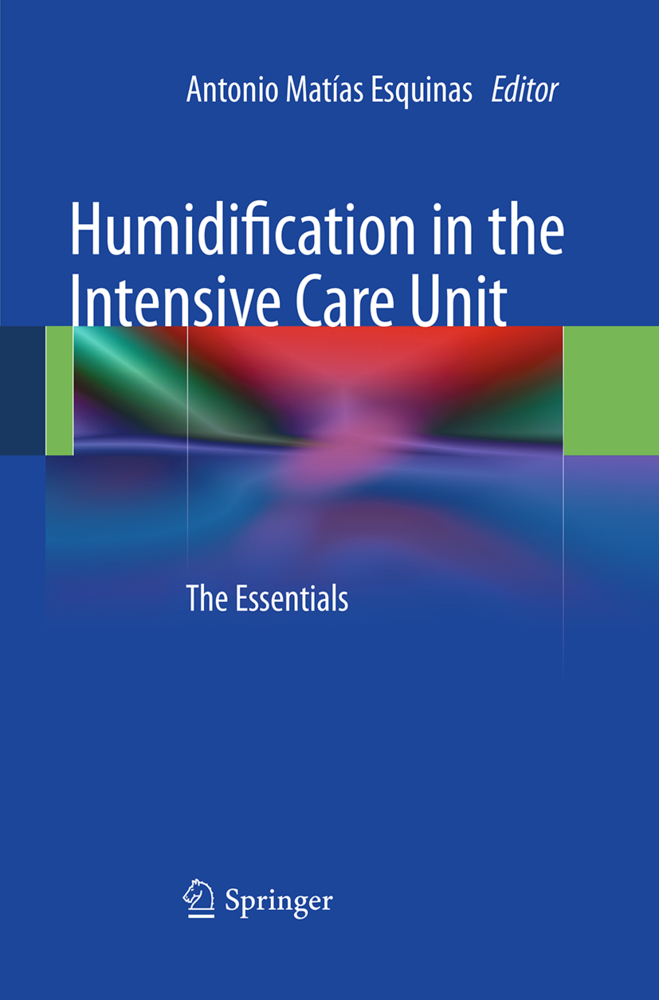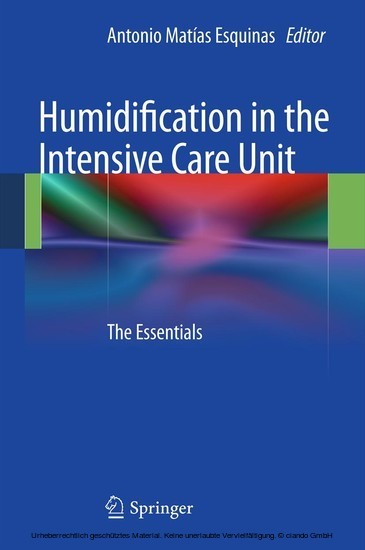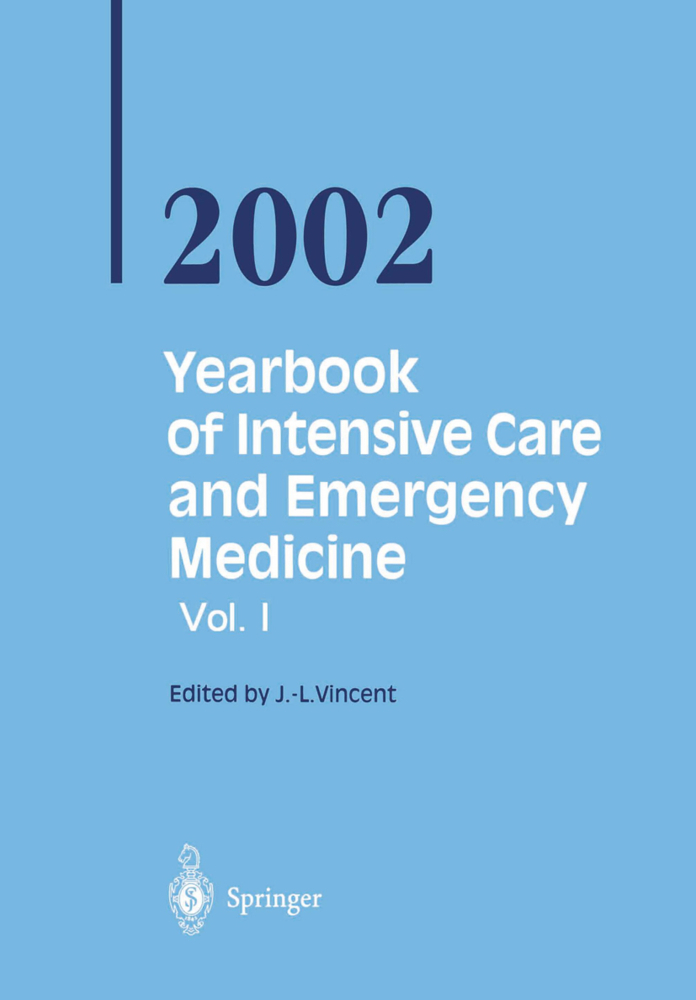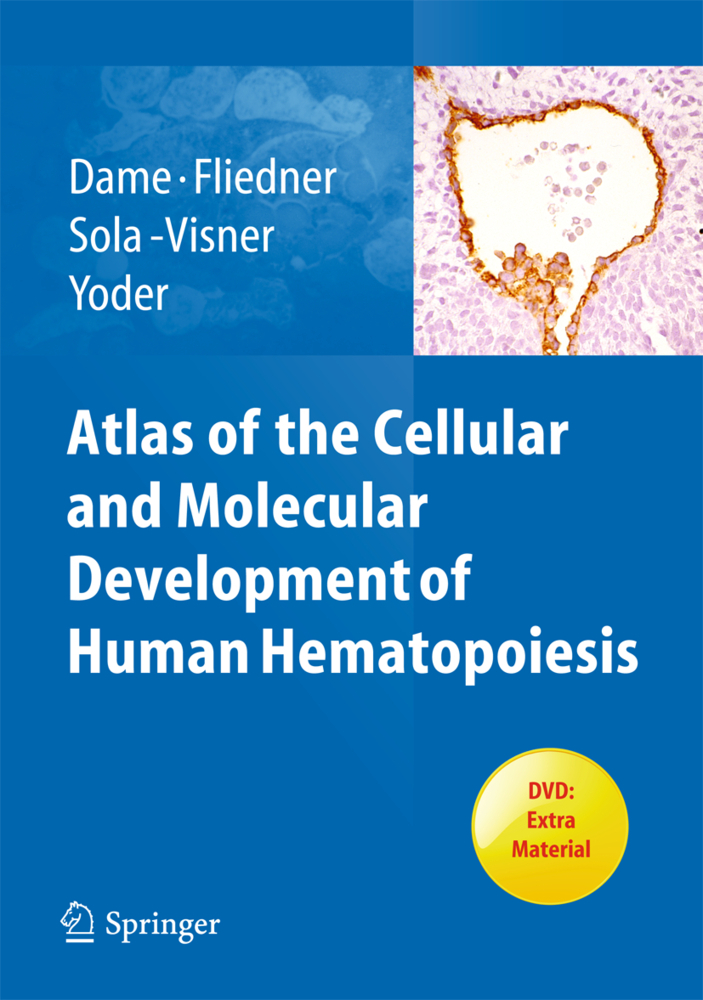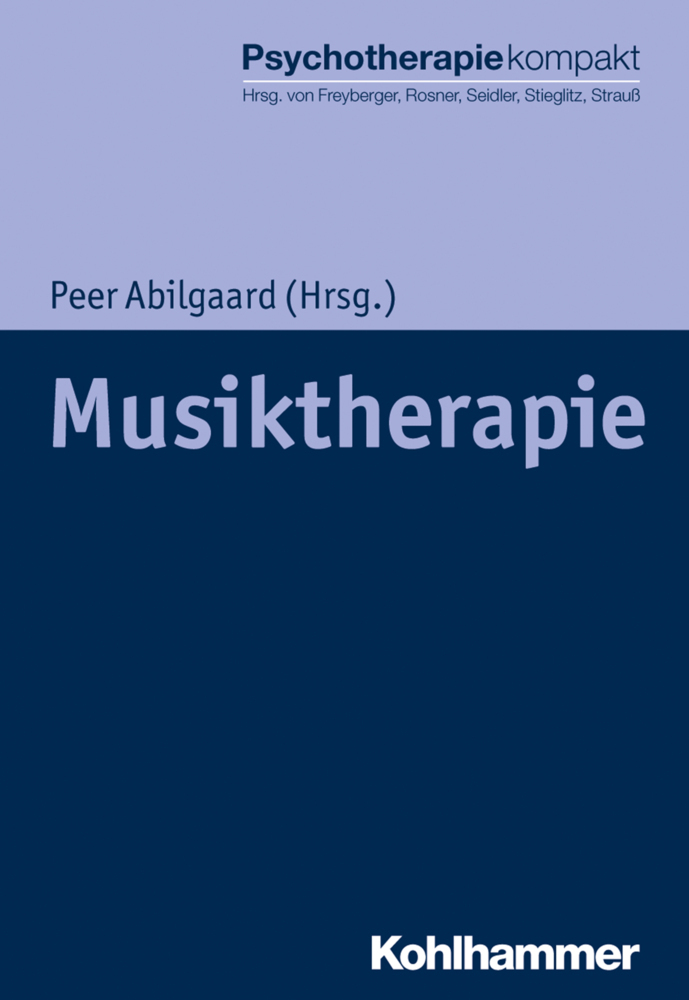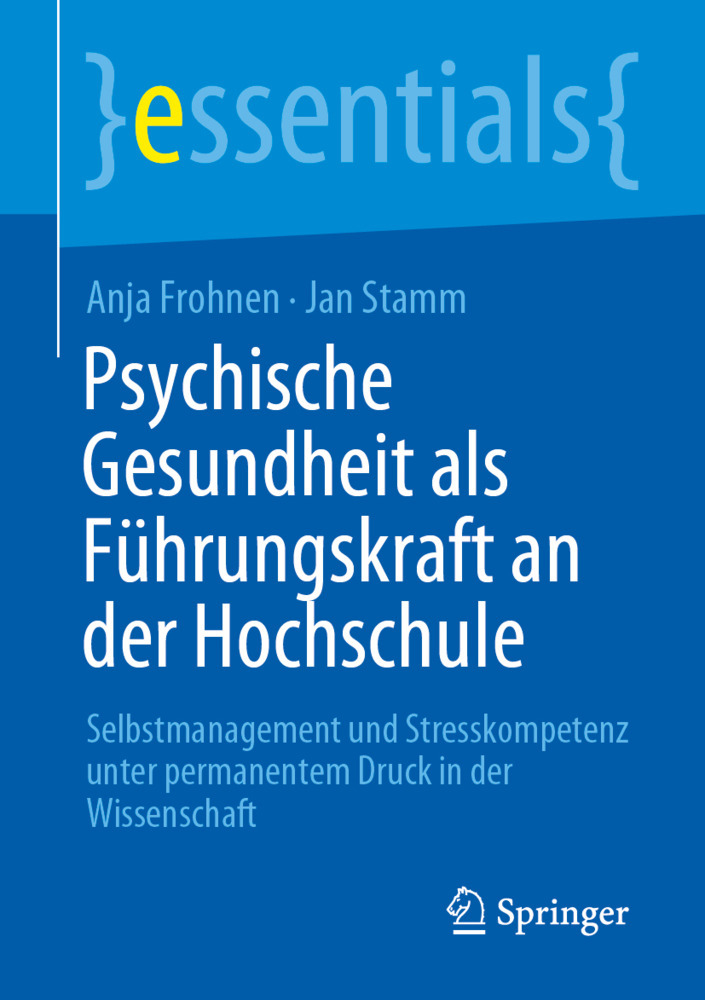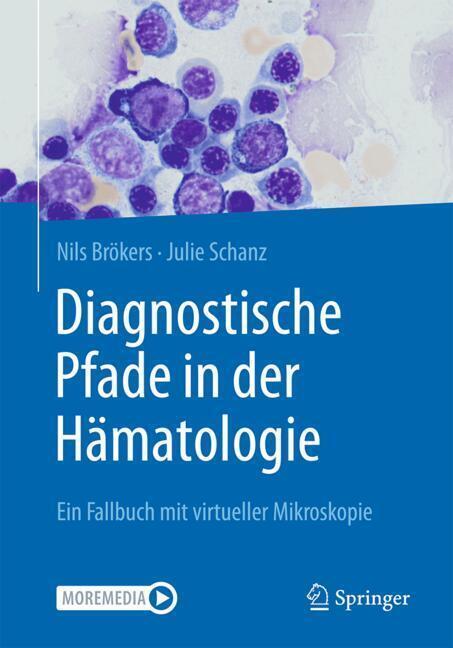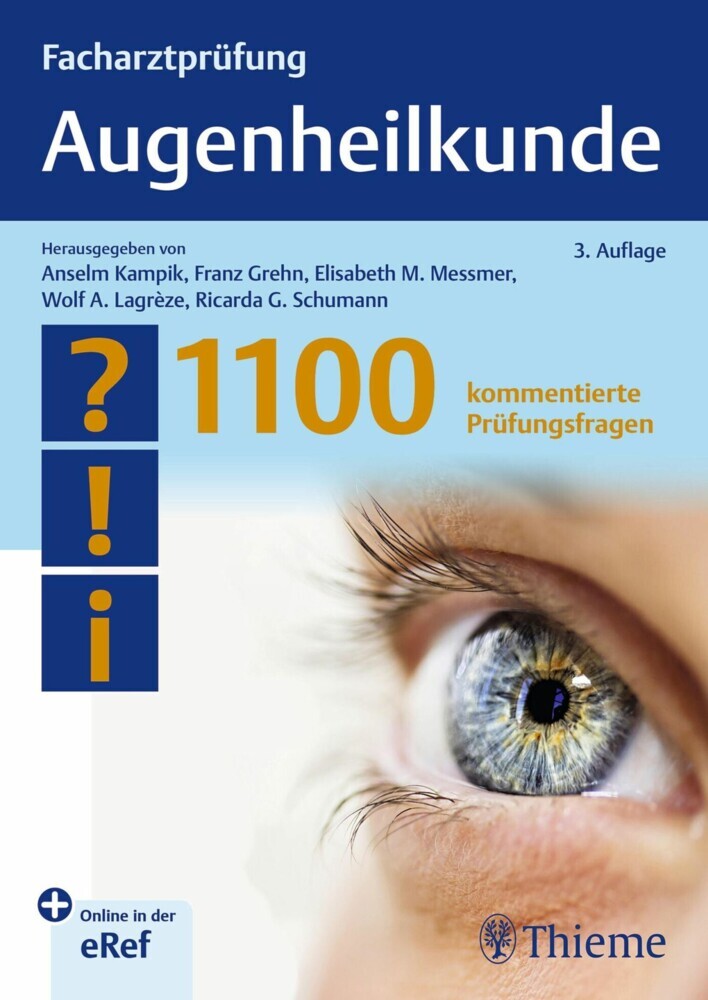Humidification in the Intensive Care Unit
Humidification in the Intensive Care Unit
Humidification and physiology
Physiology humidification: Basic concepts
Airways: Humidification and filtration functions
Humidification and devices
Heated humidifier
Heat and moisture exchangers
Heat and moisture exchangers and booster® system: technology and clinical implications
Active vs passive humidification: efficiency comparison between methods
Main techniques for evaluating the performances of humidification devices used for mechanical ventilation
Humidification and high-flow oxygen therapy
Discomfort associated with underhumidified high-flow oxygen therapy in critically ill patients
Humidification and non-invasive ventilation
Humidification during non-invasive ventilation
Behavior of hygrometry during non-invasive mechanical ventilation
Practice of humidification during non-invasive mechanical ventilation (NIV): determinants of humidification strategies
Indications and contraindications in home care
Pros and cons of humidification for CRAP therapy in the treatment of sleep apnea
Humidification and invasive mechanical ventilation
Humidification in intensive care medicine: general approach to selected humidification devices and complications of mechanical ventilation
Effect of airway humidification devices on tidal volume
Humidification during invasive mechanical ventilation: Selection of device and replacement
Humidification during invasive mechanical ventilation: Hygrometric performances and cost of humidification systems
Postoperative mechanical ventilation-humidification
Humidification during laparoscopy procedures: key topics, technological and clinical implications
Humidification and ventilator-associated pneumonia
Respiratory filters and ventilator-associated pneumonia: Composition, efficacy tests, and advantages anddisadvantages
Efficacy of heat and moist exchangers in preventing ventilator-associated pneumonia (VAP)
Humidifier type and prevention of ventilator-associated pneumonia
Humidification and the incidence of ventilator-associated pneumonia: Evidence and guidelines on the prevention of VAP for the use of HME or HH
Humidification devices and ventilator-associated pneumonia. Current recommendations on respiratory equipment
Humidification and tracheostomy
A portable trachea spray for lower airway humidification in patients after tracheostomy
Humidification, mucus transport and secretion clearance
Humidification and mucus transport in critical patients: clinical and therapeutic implications
Secretion in patients with neuromuscular diseases
Automated airway secretion clearance in the ICU by in-line inexsufflation
Effect of humidification on lung mucociliary clearance in patients with bronchiectasis
Humidification in critically ill neonates
Measurement of inspired gas temperature in the ventilated neonate
Humidification during non-invasive respiratory support of the newborn: continuous positive airway pressure, nasal intermittent positive pressure ventilation, and humidified high-flow nasal cannula.
Esquinas, Antonio
| ISBN | 978-3-662-51929-5 |
|---|---|
| Artikelnummer | 9783662519295 |
| Medientyp | Buch |
| Auflage | Softcover reprint of the original 1st ed. 2012 |
| Copyrightjahr | 2016 |
| Verlag | Springer, Berlin |
| Umfang | 288 Seiten |
| Abbildungen | X, 288 p. |
| Sprache | Englisch |

